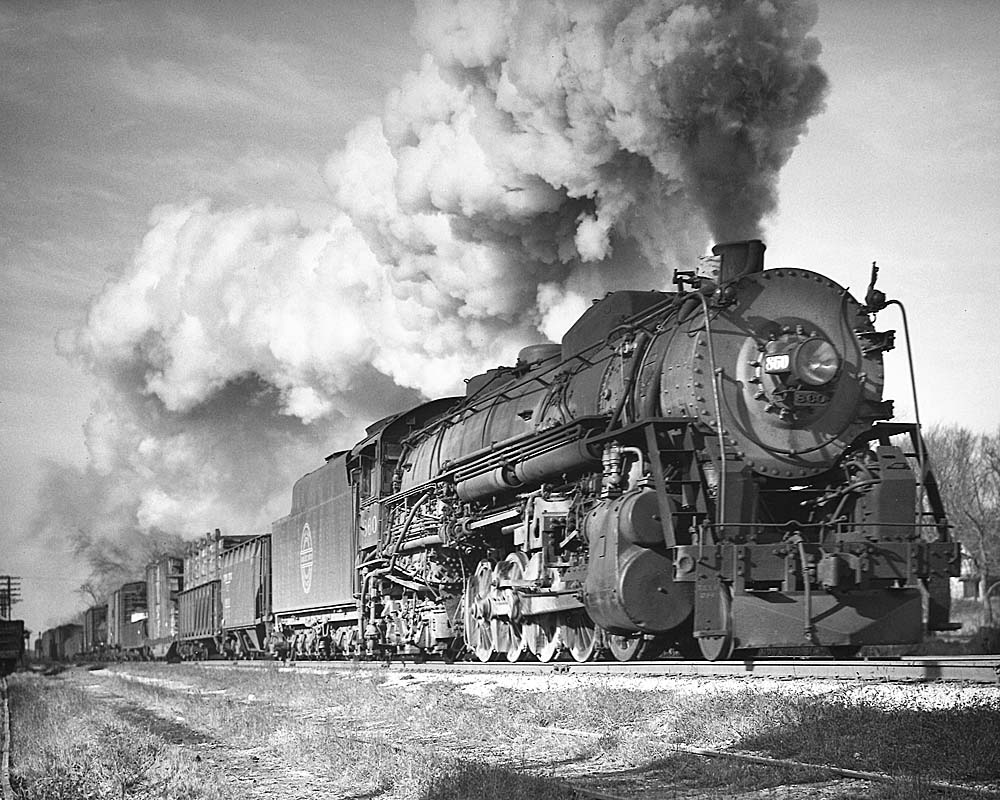
From the smallest narrow-gauge locomotive right up to Big Boy, steam locomotives capture the imagination and occupy a significant place in world history. The steam locomotive’s story runs far, wide, and deep. It continues to unfold today through preservation and restoration. Around every curve, there is another facet of the story waiting to be discovered. […]
Read More…

Five worst paint schemes When it comes to a diesel locomotive’s paint scheme, I know what I like. I’m also 100 percent sure that no one else who follows the industry will agree with what I think of as the worst modern diesel locomotive paint schemes, and that’s okay. Below is my list of five […]
Read More…
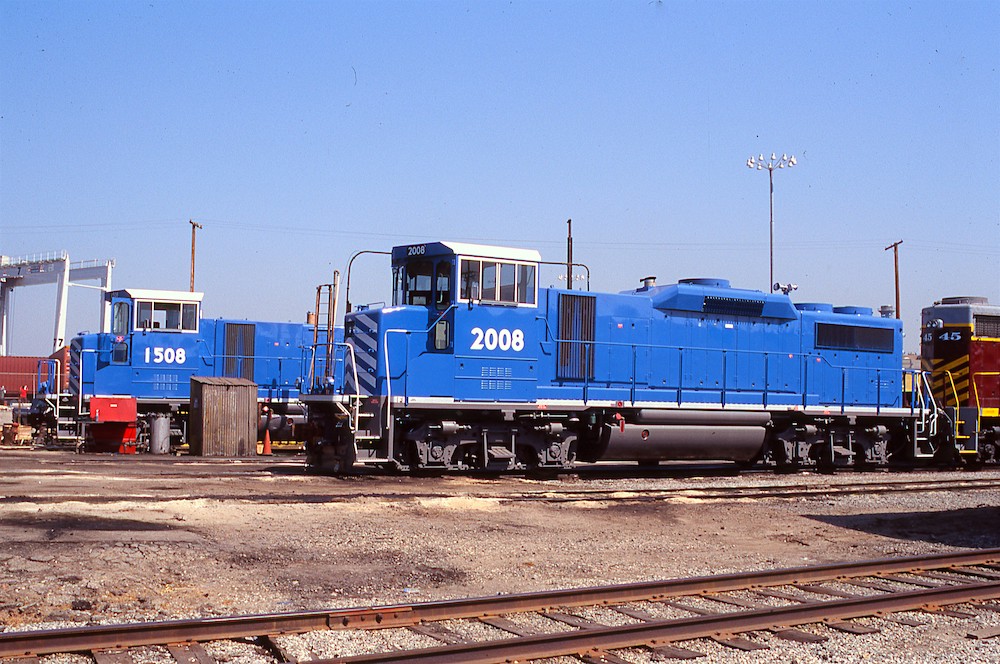
GP15D & GP20D A rare pair of Geep diesel locomotives, the GP15D and GP20D, looked like sure winners, but sank with hardly a ripple when they hit the market in the early 2000s. Locomotive builder MotivePower, Inc., based in Boise, Idaho marketed a light road-switcher concept in the early 2000s that should have appealed to […]
Read More…
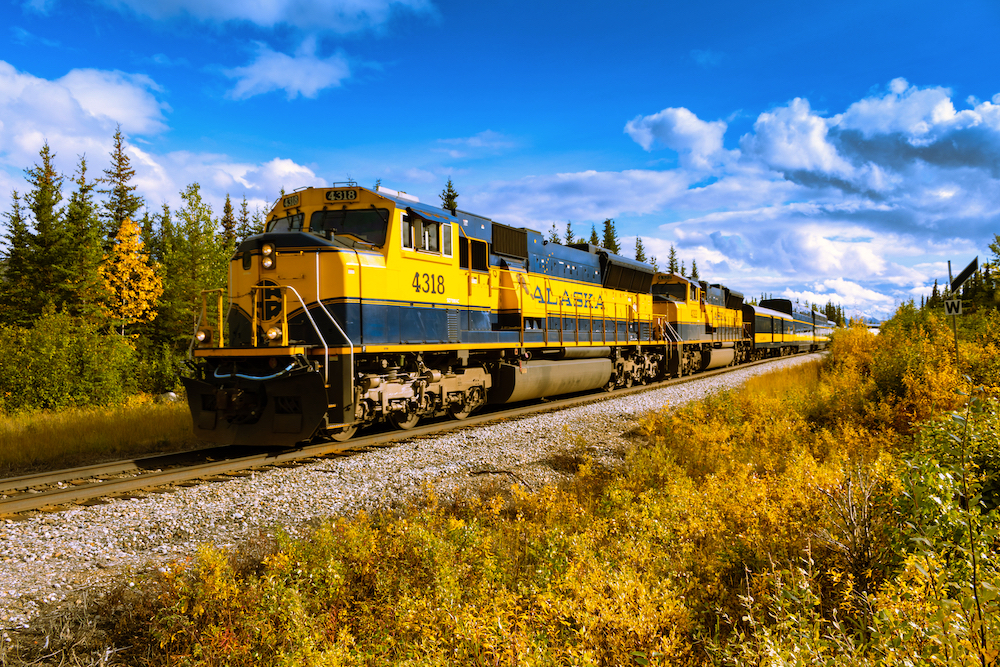
Note: This article corrects an earlier version that contained an error in the description of the SD70’s HTC-R trucks. See Comments for more information. Alaska Railroad’s SD70MACs make up the backbone of the railroad’s freight operations and they also power all the ARR’s long-distance passenger trains — wait, isn’t the SD70MAC a freight locomotive? Although […]
Read More…
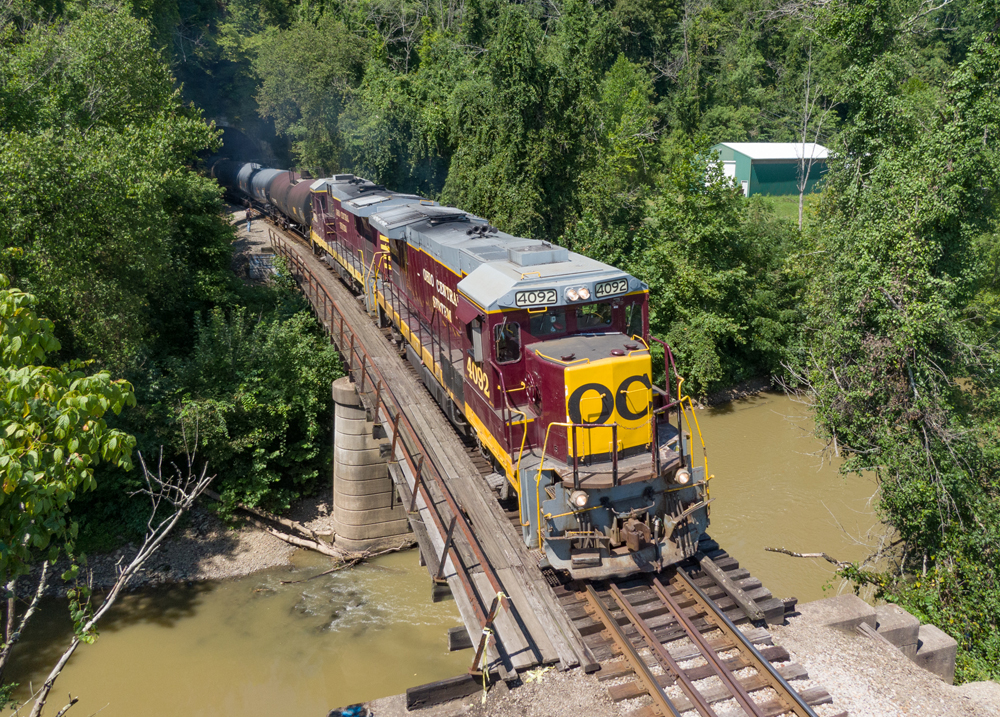
Genesee & Wyoming is undergoing the largest-ever transformation of its corporate locomotive fleet. A consent decree announced in January between the Environmental Protection Agency and G&W requires the company to remove and destroy 88 older locomotives, replacing them with locomotives meeting EPA emission standards [see “Genesee & Wyoming agrees to settlement …,” Trains News Wire, […]
Read More…
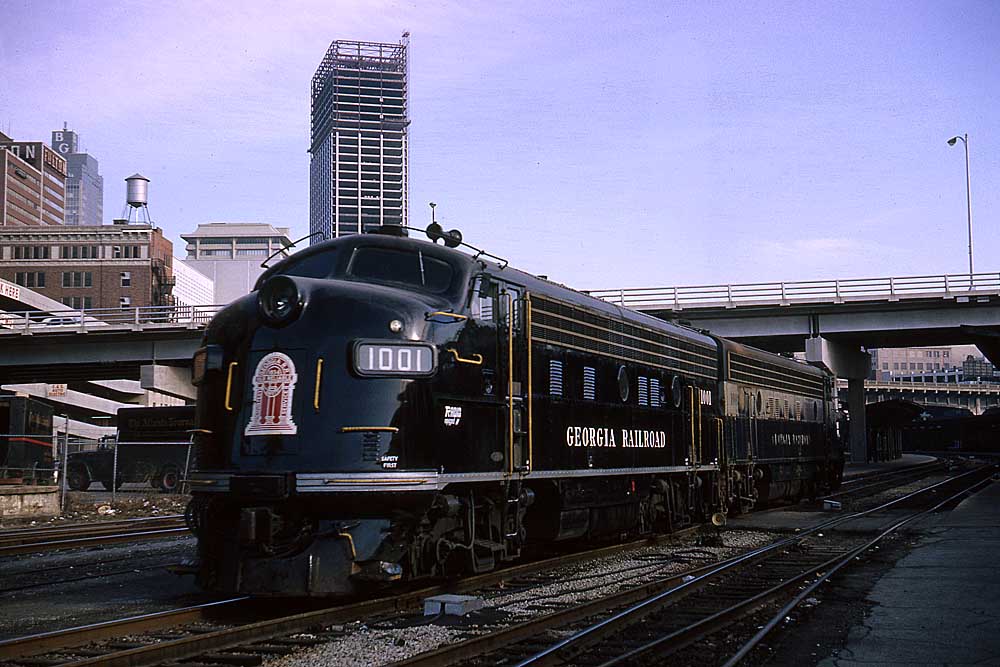
Georgia Railroad locomotives included a mix of small steam designs and EMD models. By 1914 the Georgia Road was powered by an assortment of 4-4-0s, 0-6-0s, Moguls, Ten-Wheelers, four modern Lima 2-8-2s, and a pair of light Pacifics. A handful of all-steel baggage cars, RPOs, and coaches shared the car roster with a […]
Read More…
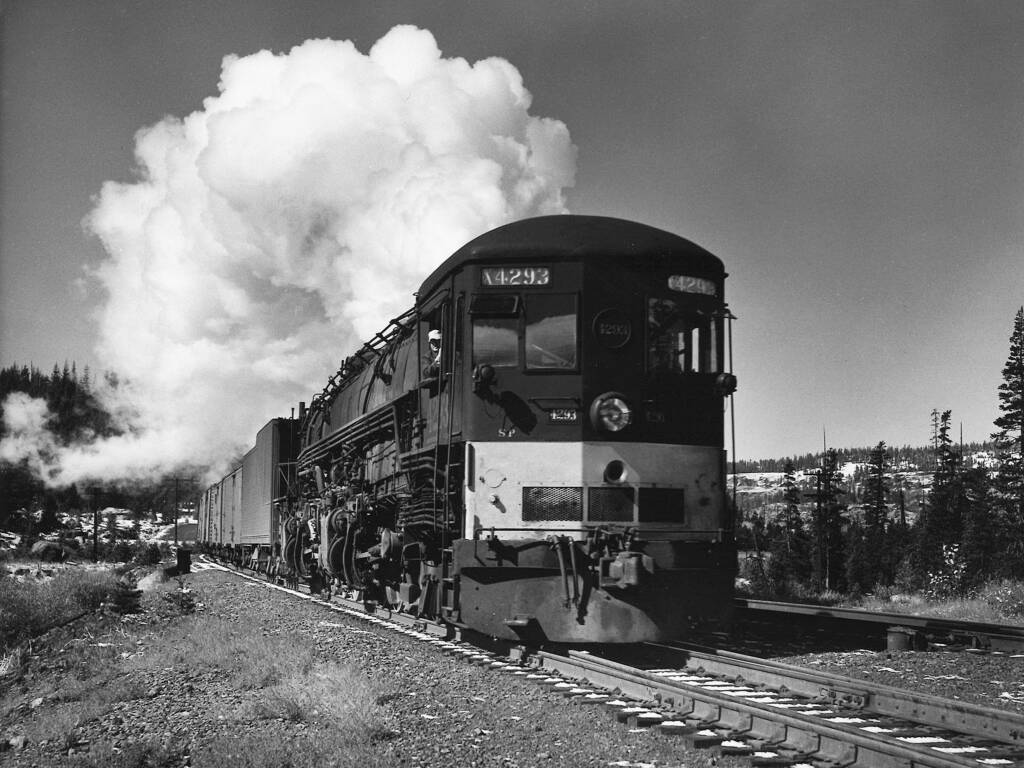
In the steam era, perhaps no sight was as unconventional as an encounter with one of the Southern Pacific cab-forwards. These monstrous AC class 4-8-8-2 steam locomotives turned engine design almost literally on its head by flipping the position of the cab and the firebox to the front. As they would in the diesels that […]
Read More…
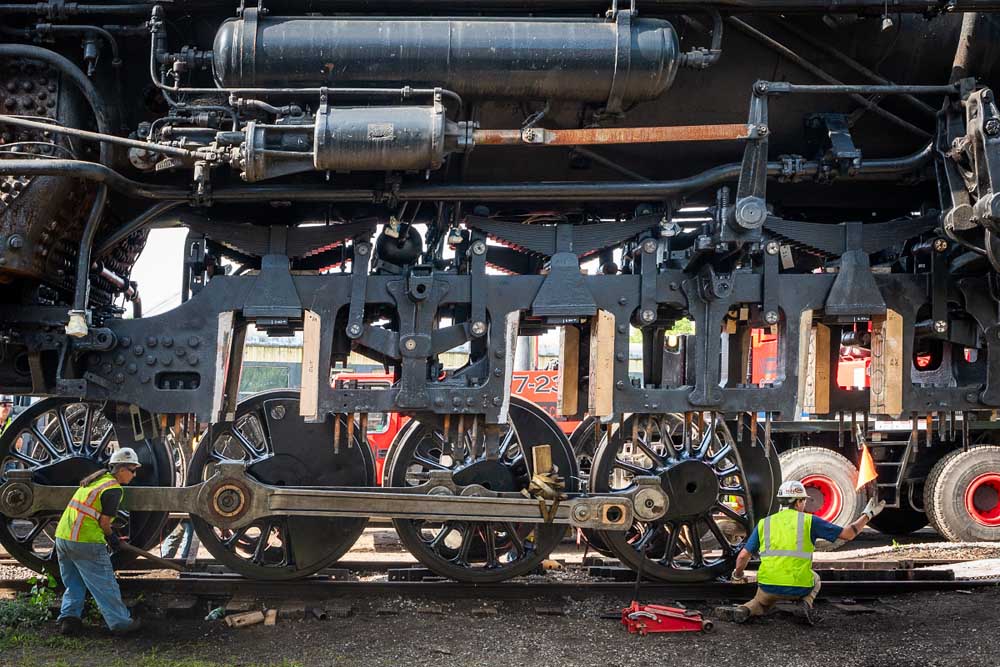
When I began writing this Mileposts blog seven years ago, I told myself to avoid saying much about my favorite steam locomotive, Pere Marquette 2-8-4 No. 1225, which I worked on in college at Michigan State. The 1225 led me to a career, and I wrote a book about it. But there are plenty […]
Read More…

Portland & Western’s classic SP power The Portland & Western Railroad, a Genesee & Wyoming-owned short line, operates in the bucolic splendor of Oregon’s Willamette and Columbia River valleys. Utilizing a series of ex-Southern Pacific and Burlington Northern branch lines, the road stretches from Astoria southward to Eugene, passing through Portland, McMinnville, and Albany along […]
Read More…
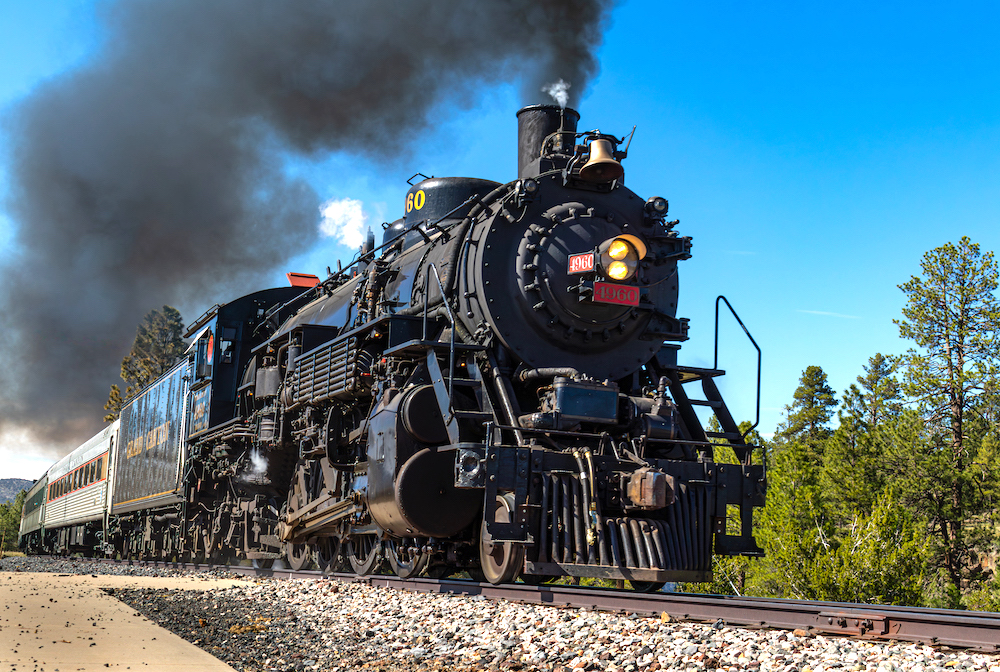
Builder: Baldwin Locomotive Works Wheel arrangement: 2-8-2 Mikado Build date: March 1923 Why it’s important: Grand Canyon Railway’s 4960 was built by Baldwin Locomotive Works for the Chicago, Burlington & Quincy. The O-1A class 2-8-2 Mikado No. 4960 was ideally suited for powering fast freight trains across Burlington’s mostly level Midwest routes. With the arrival […]
Read More…

Montreal Locomotive Works RSC24 diesel locomotives were “conceived of cannibalism.” So went a claim in the April 1977 issue of Trains. Montreal Locomotive Works had encouraged Canadian National to upgrade its older, 1,600 hp road switchers with new 12-cylinder, 251-type prime movers. Four of its 244-type prime movers were recycled into the new RSC24 […]
Read More…
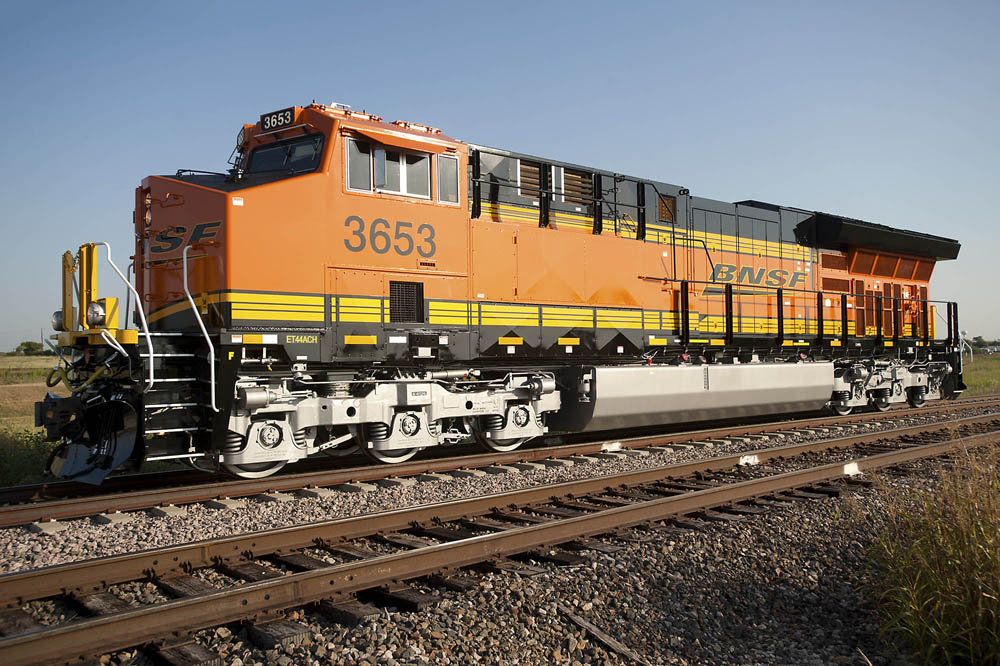
Class I locomotive It’s been three years since the railroad industry has had a new-build six-axle freight locomotive order for a Class I railroad. Precision Scheduled Railroading, a glut of stored locomotives, and the desire to rebuild instead of build, has kept railroads on the sidelines in terms of new power. Progress Rail’s last new […]
Read More…












